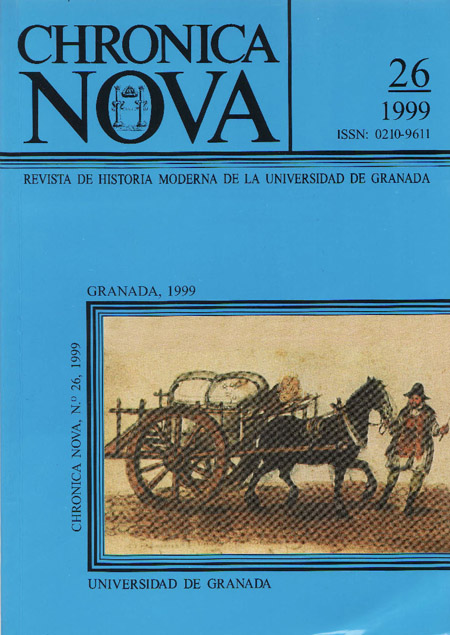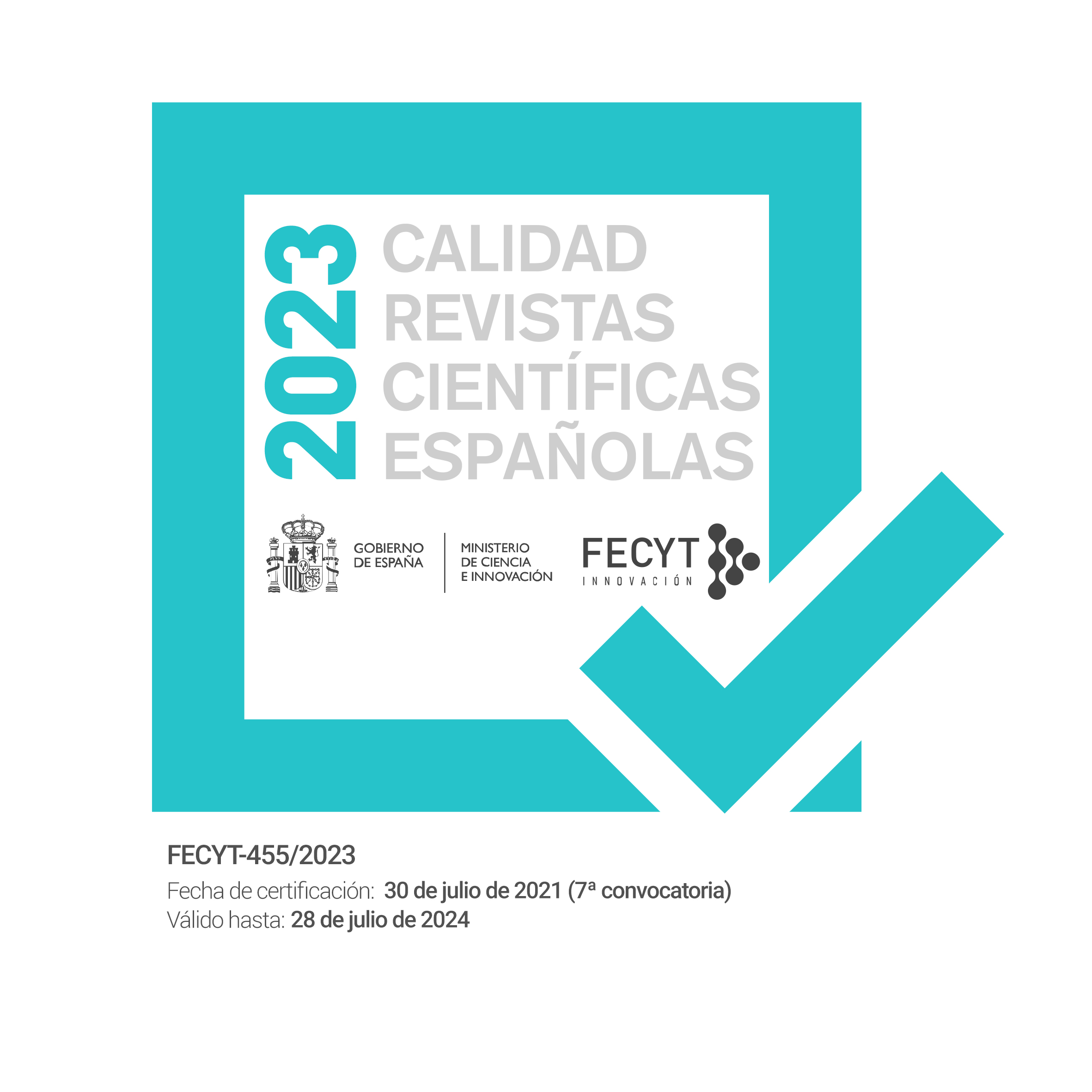The visita of Antonio de Berrio to the coast of the Kingdom of Granada in 1571: a frustrated military engineering project
DOI:
https://doi.org/10.30827/cn.v0i26.2058Keywords:
Berrio, Vargas-Machuca, Defence, Fortresses, Moriscos, GranadaAbstract
The defensive system on the coast of the Kingdom of Granada, widely implemented during the first half of the sixteenth century, was of a paramount importance to the crown, as it was the frontier with the african continent. After the war in the Alpuj arras (1568-1571) the existing network of towers, fortresses and “estancias” remained severely damaged in a specially delicate time, that of the turk’ offensive along the Mediterranean. The “visita” of Captain Antonio de Berrio and Architect Luis Vargas-Machuca in the summer of 1571 helped the Crown to know in detail, just after the end of the war, which grade of damage and destruction the coastal defensive status had experienced. The memorandum both officers suggested was a true first-class defensive system which intended to erradicate definitely the strategic errors existing on coastal districts,' and at the same time to grant a complex repopulation on the coast after the expelling of the Moriscos. What was intended, to sum up, was to level defensive systems on the coast of Granada with the exigence of military needs in a time of a complex international balance.Downloads
Downloads
How to Cite
Issue
Section
License
Nuestra revista se atiene a las recomendaciones para la implementación del Artículo 37 Difusión en Acceso Abierto de la Ley de la Ciencia, la Tecnología y la Innovación:
- Los/as autores/as cuyas contribuciones sean aceptadas para su publicación en esta revista conservarán el derecho no exclusivo de utilizar sus contribuciones con fines académicos, de investigación y educativos, incluyendo el auto-archivo o depósito de los artículos aceptados en repositorios institucionales o temáticos de acceso abierto de cualquier tipo en un plazo máximo de seis meses.
- Preferiblemente se permitirá el uso de la versión publicada de las contribuciones científicas, que estarán accesibles en abierto tan pronto como sea posible.
-
Que en caso de que el trabajo sea aprobado para su publicación, el/la autor/a autoriza de manera ilimitada en el tiempo a la entidad editora para que incluya dicho texto en Chronica Nova y pueda reproducirlo, editarlo, distribuirlo, exhibirlo y comunicarlo en el país y en el extranjero por medios impresos, electrónicos, CD, Internet o cualquier otro medio conocido o por conocer.






 ISSN-e: 2445-1908
ISSN-e: 2445-1908










